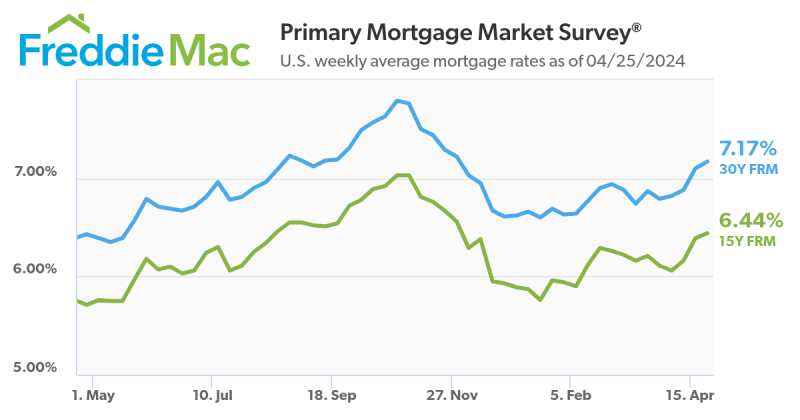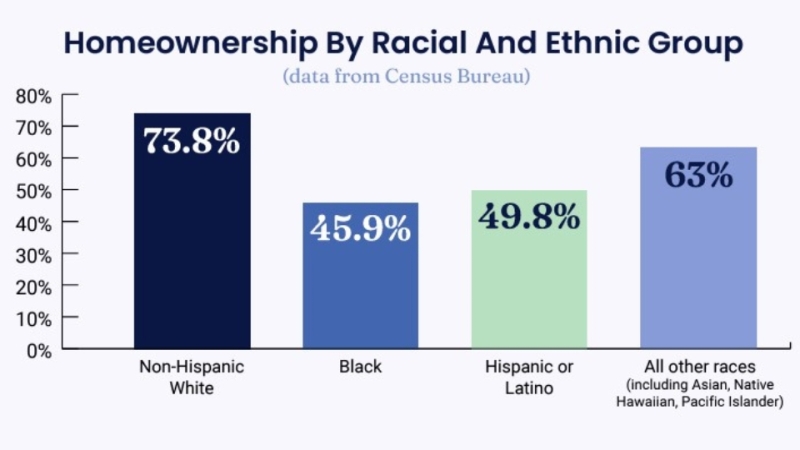Advertisement
The Mortgage Press:Media Alert
Watch Your Step: The Perils of Falling Into the Technology GapScottie SharpeApplication Service Provider, ASP, communications, Internet, Unlimited Wealth
Most lenders are familiar with sending and receiving e-mail and
browsing the web, two of the most basic aspects of the Internet. In
this article, I plan to introduce you to a new web application, one
that will not only change the way you run your brokerage, but help
transform the entire landscape of your computing environment.
In Pail Zane Pilzer's groundbreaking book Unlimited
Wealth, logical economic explanations for the use of
technology in the workplace are offered, and established economic
theory is properly debunked. One of my favorite chapters discusses
a definition of profit margin in terms of what Mr. Pilzer calls the
technology gap. Mr. Pilzer says that the ability to profit is
directly related to how effectively one uses technology. Imagine
yourself in competition with lenders in your neighborhood, with all
the business savvy you need, but without your telephone. Would you
be at a disadvantage? With that motivational thought in mind, let's
take a close look at a burgeoning source to close that technology
gap: the Internet.
The Internet is more than just a medium for communication. If
you consider that the use of a better way of doing something
determines the ability to produce wealth, then the Internet, with
its vast supply of information, must be the largest source of
wealth on the planet.
There are literally thousands of functions of the Internet.
Judging from our culture's prolific use of e-mail and Web browsing,
I will assume that we are all familiar with exchanging information,
which is its primary use. Being able to send files has impacted our
lives immensely.
However, before the birth of the World Wide Web, the Internet
was used for more than just sending files. One of its primary
purposes was to allow terminals to access large government and
scientific mainframes.
There are some neat things associated with host/remote computing
that you should be aware of:
++No software actually resided in the terminals, so they did not
need to be upgraded. When new software was released, only the
mainframe was upgraded. Because of this, one could use terminals
until they broke down.
Compared to the current computing environment: We throw out
perfectly functioning machines just because they are too slow.
++The host/remote model was very secure. Little, if any data was
transmitted across wires, and it was all kept safe and secure in a
central location. If one wanted to cease an employee's access to
data, they simply had to change their password. Remember, data is
stored centrally--no login, no access! This is why most banks and
airlines still use terminals and mainframes today.
Compared to our current computing environment: Sensitive data is
flippantly copied from laptop to laptop.
++Servers could be stored in buildings where sufficient
electrical and environmental protection could be provided. Because
terminal access was conducted through the Internet, the data was
accessible from many locations at once.
Compared to our current computing environment: Most information
is site-specific.
Unfortunately, when Bill Gates put a PC in every home,
applications and data migrated away from the mainframe hosts and
into Pentium-based, full-featured systems.
Although this shift has completely changed the computing
landscape, some of the benefits of terminal/mainframe computing are
still desirable. Remote control software, for example, is like
sitting in front of a television. It's great for when you don't
want to get up and change a channel, or, rather, access a PC
located in a different room. Software packages are available to
turn one Windows-based PC into a mainframe host (of sorts), and the
other into the terminal. This model is great, with one major
flaw--it can only connect one remote to each host--not a good
solution for running an office with many external users. Matching
one host computer with each remote user would empty wallets faster
than computer rooms could fill up!
Setting up such systems is not easy. It requires planning,
consulting and expensive software. However, companies called
hosting providers have sprung up that will run the entire system
for you; renting software and servers, providing a super-fast
connection to the Internet, allowing space in their secure
environment and even offering round-the-clock technical
support.
The situation couldn't be better, unless you call on an
Application Service Provider (ASP), a firm that combines the
services of a host with the benefits of specialized industry
software.
By utilizing ASPs, brokerages can open branch offices anywhere
in mere hours, permitting agents and processors to share data
easily, use software that they are already familiar with, and take
advantage of the security, speed and global access of a
mainframe/terminal system.
The ASP model has already begun to radically change the face of
corporate computing. Large companies are not only viewing ASPs as a
way to save money, but also as a way to provide users with more
efficient software applications.
It is just a matter of time before the mortgage industry applies
the advantages of this computing model. Therefore, you may want to
take Paul Zane Pilzer's advice now and get a head start. Go ahead,
put a little technology gap between you and your competitors.
Scottie Sharpe is President/CEO of Rosenvick Inc., makers of
AspireGold. Rosenvick specializes in helping mortgage professionals
nationwide profit with the popular GoldMine contact management
system to create automated marketing and client follow-up systems
that synchronize with POINT, Genesis 2000, Contour, Byte and more.
He is also a partner in E-Mortgage Factory, a hosted applications
service provider servicing the mortgage community nationwide. For
more information, contact Scottie Sharpe at
[email protected]
About the author





